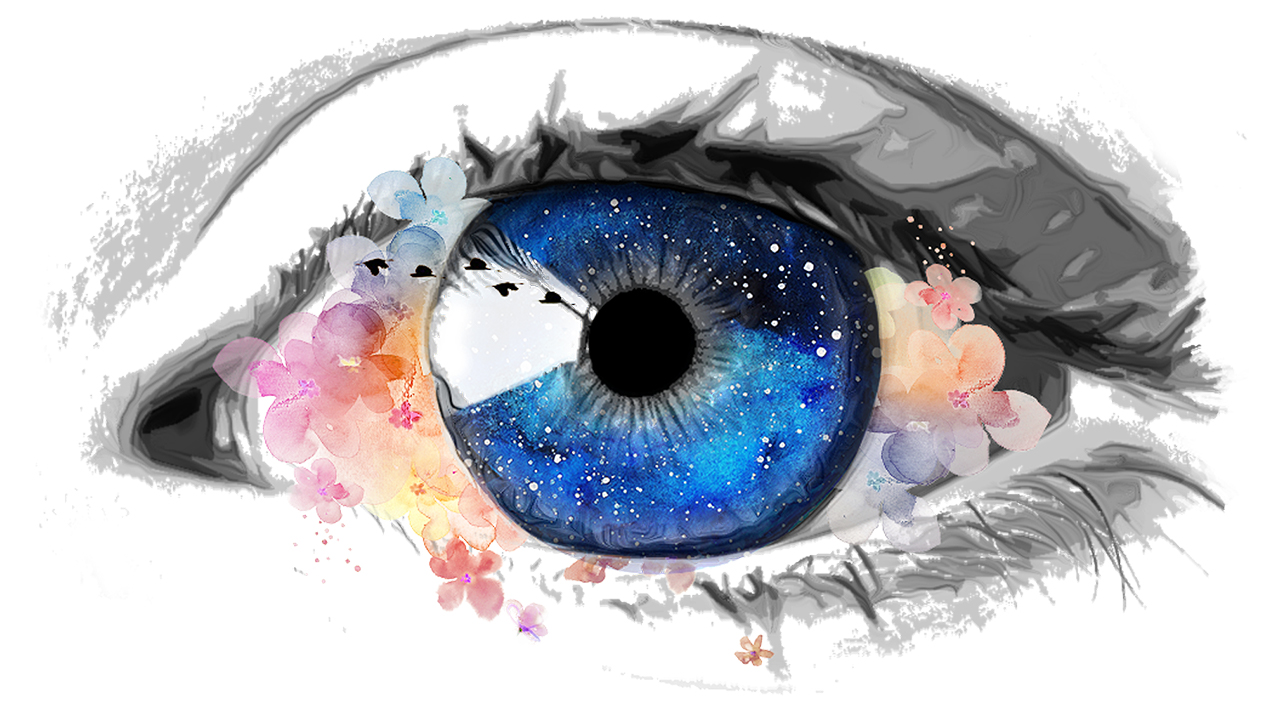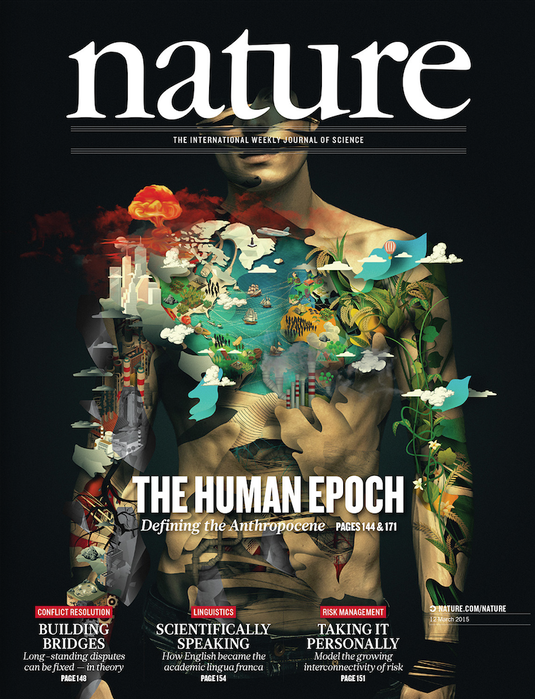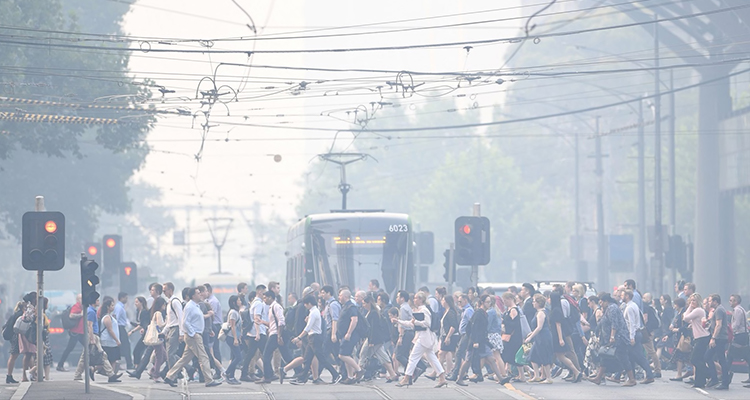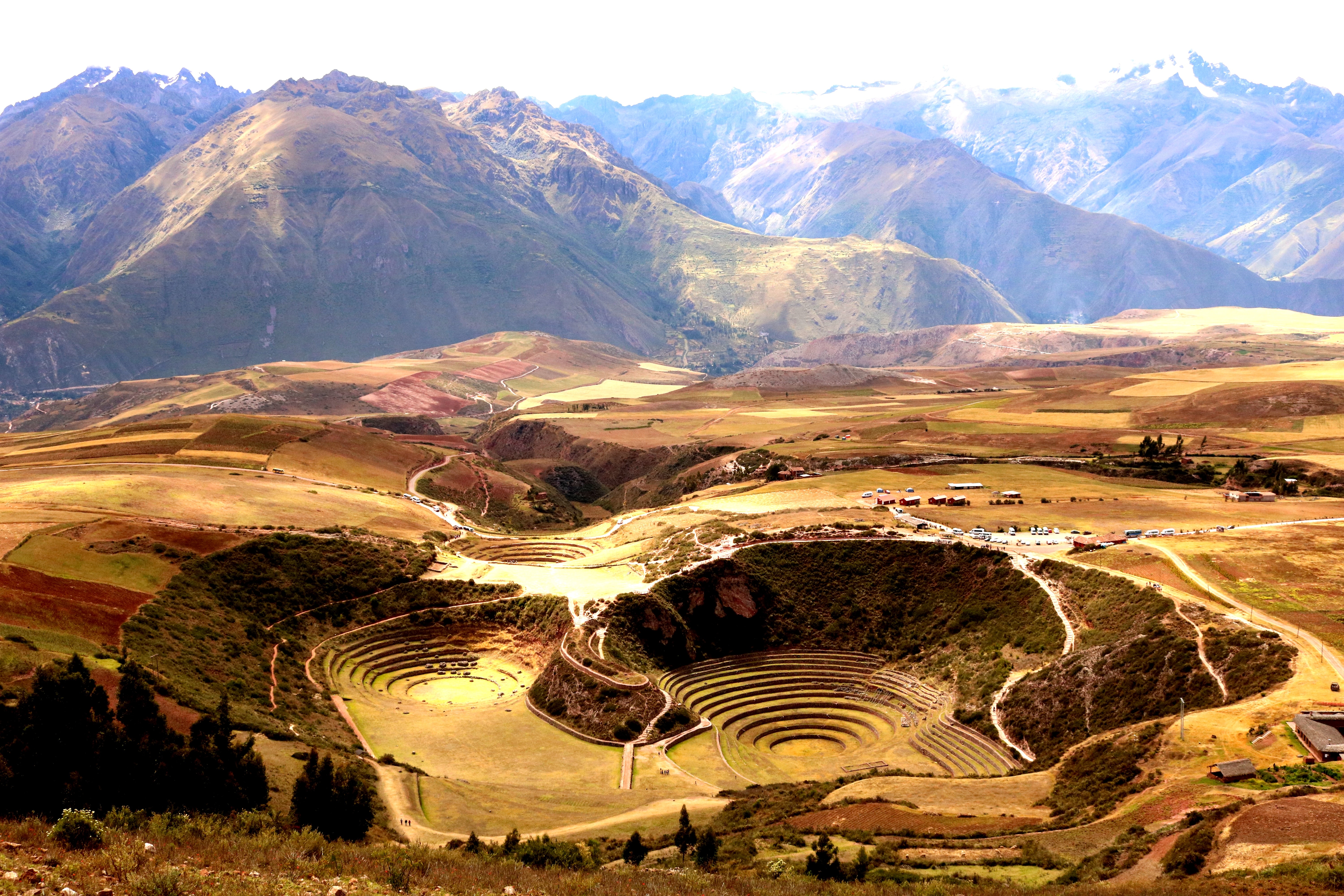VISION FOR THE ANTHROPOCENE || Introducing the Anthropocene – and our need to thrive

The Anthropocene is more than a new geological epoch – it is a question mark over human civilisation and its ability to persist on a dramatically changing and turbulent earth.
What is the Anthropocene, and why do we talk of “thriving” in it?
The term first emerged in 2000, when a Nobel-Prize winning chemist, Paul Crutzen, used it at a meeting of the International Biosphere-Geosphere Program. Frustrated by repeated mentions of our current geological epoch, the Holocene, he exclaimed that “we are now in the, the Anthropocene!” – the “age of humans”.
Fast forward to 2019, when a working group of the International Union of Geological Sciences (IUGS) overwhelmingly recommended that the Anthropocene be designated as a new geological epoch. In their view, the increased atmospheric concentrations of carbon dioxide and other greenhouses gases, the disruption of the earth’s carbon and nitrogen cycles, ocean acidification and global heating, and the loss of biodiversity along with the explosion of domestic animal populations, are evidence that the climatic and environmental stability of the 11,000 year Holocene epoch is over.
The Anthropocene has since been taken up widely across the earth sciences, the social sciences, the humanities and the arts as a profound locus of reflection, research, and creative practice. It has featured on the covers of The Economist and Nature and been mentioned in speeches by the German Chancellor Angela Merkel.

A changed reality
The Anthropocene is more than a new geological epoch – it is a question mark over human civilisation and its ability to persist on a dramatically changing and turbulent earth. Climate and earth system scientists worry about the near-term prospect of 4-5 degrees of global heating and the onset of a sixth mass extinction of species. They worry that by the end of this century cities and farms will flood, ocean fish stocks and fresh water supplies may collapse, and tropical cyclones of unprecedented ferocity will be common – that the “planetary boundaries” within which humans can exist safely are being rapidly transgressed.
Even the global COVID-19 crisis may be, in part, a symptom of the Anthropocene. The SARS-CoV-2 virus is similar to coronaviruses found in wild bats, and the highly trafficked and endangered pangolin is suspected as the bridge for its transmission to humans. 17 years earlier the civet cat played the same role in the SARS outbreak. When increasing encroachment by humans on animal habitats meets a highly globalised economy where tourism and air travel are common, the result is a crisis that threatens to undo the world.
In short, the Anthropocene is a time of unprecedented human influence over the entirety of planet earth and unprecedented human vulnerability to the unpredictable planetary processes we have put in train. Australia’s vast and destructive bushfires have surely demonstrated we are now living in a radically changed planetary reality that challenges our sense of stability and comfort.
The implications of all this are vast.
If governments are failing to protect and heal the Earth, how can governance be reformed? If citizens feel overwhelmed by the scale of the problem, or don’t believe climate science, how can they be engaged? If viruses, fire, flood and cyclones are threats to our security as profound as weapons and conflict, how should our institutions change? Is democracy capable of helping us cope and thrive in the Anthropocene?
Do we need to rethink what it is to be human, in an epoch where human lives are so entwined with the lives of animals, ecosystems and complex earth processes? Do our laws and notions of human rights need to change and expand? If our artistic and literary forms need to adapt to this new reality, what kinds of art will emerge?
How can we thrive in the Anthropocene?
When faced with this tsunami of calamities it is extremely tempting to engage in a societal “doona-day”. Collectively, we might prefer to stick our heads back under the bedcovers and hope it will all go away. How do we convert the tsunami of calamities into a giant wave of opportunity?
Perhaps perversely, the COVID-19 pandemic has a crucial role to play. The impacts of the virus have forced a radical re-think of the status-quo across swathes of society. The realisation that we cannot continue with business-as-usual has led to a rapid search for solutions and dramatic changes in behavior.
Now is the time to harness this appetite for change. We can focus not just on the present crisis but break out of our often myopic-thinking and plot a sustainable course for the future.
The signposts are here. Real opportunities for renewable energy uptake; sustainable transition out of fossil fuels; new ways of travelling, working and feeding ourselves. The media is replete with examples every day. We have to sift through the bad news and find the positives, to get our heads out from under the covers.
It may seem premature to talk of thriving when so many on the planet are barely surviving, and yet, if we step back, we can see the groundswell required for changing our orientation, for seeing opportunities rather than only challenges.
And universities, despite limited resources and turbulent times, have a responsibility to promote these conversations and engage in these ideas. We are blessed with a huge pool of expertise, a student body full of tomorrow’s leaders, and enough collective energy to make not only surviving but thriving in the Anthropocene a reality.




